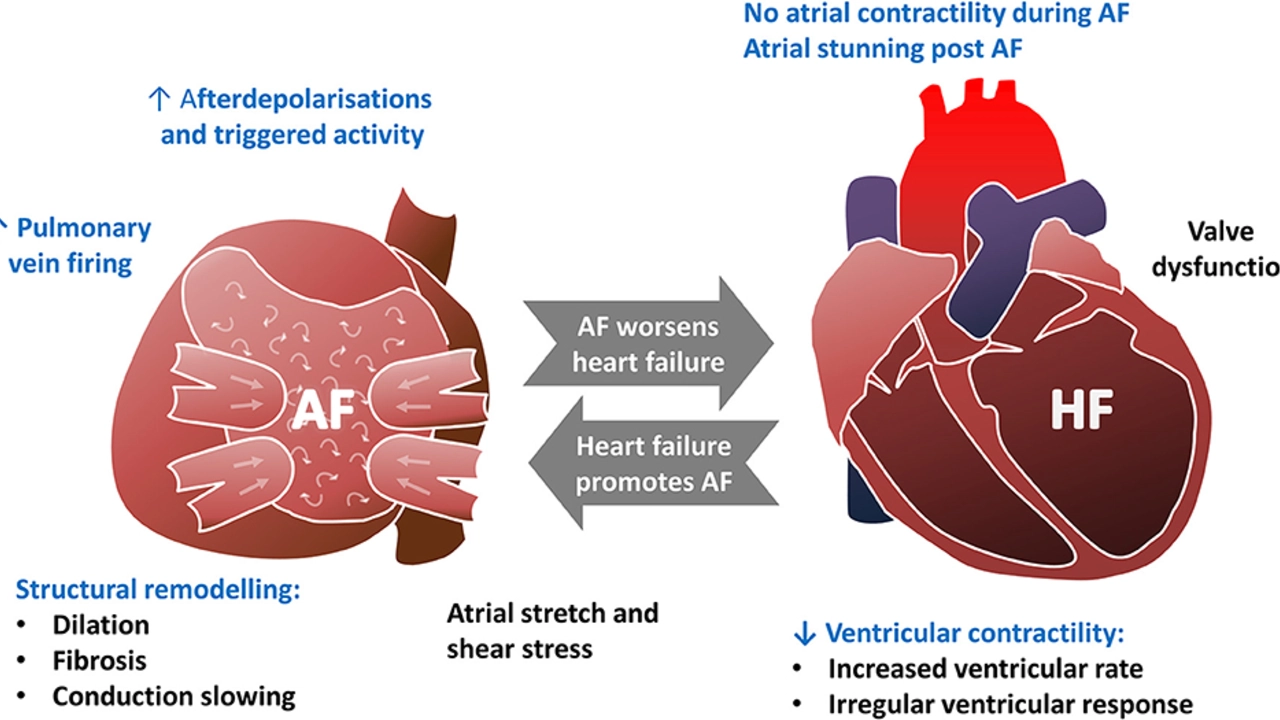Left ventricular dysfunction: what it looks like and what to do
Worried about your heart? Left ventricular dysfunction means the left side of your heart isn’t pumping as well as it should. That can lead to breathlessness, tiredness and fluid buildup. The good news: with the right diagnosis, meds and basic home steps, most people can feel better and avoid sudden problems.
How doctors diagnose it
If you have symptoms, your doctor will usually start simple: a physical exam and questions about breathlessness, swelling or sudden weight gain. Expect tests like an ECG, blood work (including BNP), chest X‑ray and most importantly an echocardiogram to measure ejection fraction (EF). The EF tells how well your left ventricle pumps — low EF suggests reduced function. Other tests like stress tests, CT or MRI and coronary angiography can follow if needed.
Getting a clear diagnosis matters because treatment depends on the cause. Is it due to high blood pressure, a past heart attack, valve disease, or something else? Your care plan should target the reason plus symptoms.
Common and effective treatments
Treatment mixes medicines, lifestyle changes and sometimes devices or surgery. Your doctor may prescribe one or more of these drug classes: ACE inhibitors (for example, lisinopril), ARBs (like losartan), beta‑blockers, diuretics (water pills), and mineralocorticoid receptor antagonists. Calcium channel blockers and other drugs can help in specific situations. Stick to doses and never stop meds without checking with your clinician.
For people who don’t respond well to meds, devices such as an ICD (prevents life‑threatening rhythms) or CRT (helps the heart pump more efficiently) might be offered. In severe cases, valve repair or even transplant are discussed — but those are less common.
Small daily habits make a big difference. Track your weight daily and call your doctor if you gain 2–3 kg in a few days. Cut back on salt, limit fluids if advised, quit smoking, keep alcohol low, and aim for gentle exercise like walking based on what your doctor says. Get your flu and pneumonia shots — infections can destabilize heart failure quickly.
Know the warning signs: new or worse shortness of breath, sudden swelling in legs or belly, chest pain, fainting, or a fast irregular heartbeat. These can be emergencies. If you feel severe chest pain or faint, call emergency services.
Follow up regularly. Echocardiograms, blood tests and medication reviews help keep treatment on track. Ask for a clear plan: when to take meds, what symptoms to report, and how often to check in. With the right steps, left ventricular dysfunction can be managed — and many people lead active, normal lives.

